4 P’s Plus 3
To gain some insight into how today’s consumers are behaving, where they are spending their discretionary income (or not spending), what categories and channels are gaining or losing market share, demographic shifts and impacts on spending, among other things, I spend a good deal of time reading, researching, and talking to consumers, researchers and retailers of all shapes and sizes.
My end goal in this is to get a broad enough perspective so that I can “connect the dots” from Stan Pohmer all the data points of information I find to get a sense of current and future direction so our industry can stay current, get ahead of the change curve and maintain relevancy in our customers’ lives and lifestyles, both those who are already our customers and those who haven’t yet discovered that they need our products in their lives.
The Facts
As I write this column, the major publicly traded retailers are announcing their third quarter 2015 sales and earnings, and the results aren’t stellar.
Most retailers are, at best, reporting marginal store traffic increases and the marketing costs to attract those sales were expensive, so earnings were off target.
The only bright spot for these retailers was in the disproportionate growth of their online sales, but even these have slowed down from prior quarters and fell short of projections and expectations.
These recent results cast a dim view on the Christmas selling season sales projections; the National Retail Federation had originally projected an increase of 3.7 percent in total 2015 sales over 2014. Drilling down into these projections, we find that 46 percent of these sales are forecasted to be driven online, either through browsing or actual purchasing online, with digital sales accounting for almost 17 percent of total sales, an increase of 6 to 8 percent versus 2014.
The response from these large retailers was predictable; with brick-and-mortar sales challenged and lowered projections for the Christmas selling season and the first half of 2016, they’re putting more emphasis and rapidly ramping up their online platforms and finding ways to put more focus on their price value efforts.
For example, Macy’s is rolling out its off-price division to try to offset lagging traditional store results, jumping into this market segment that is currently dominated (successfully and profitably) by TJX (TJMaxx and Marshalls). Wal-Mart’s growth is focused on its small store footprint and to building the infrastructure to compete with Amazon (who is showing continued strong sales performance and surprisingly just reported a profitable quarter).
Some financial analysts are suggesting that these are knee-jerk reactions and band-aid fixes that don’t address the fundamental challenges to these retailers’ core business models. There’s a lot of truth in the advice my father gave me many years ago, “If you hang earrings on a pig, all you get is a prettier pig!”
As these retailers try to find their way and reposition themselves, it presents an opportunity for smaller and local retailers to take advantage of their challenges. You’re more agile and adaptive than they are, able to respond faster to new consumer trends and directions.
Couple this with the increasing interest in “local” by the consumer, and this could help set the stage for a great 2016 for us.
We’ve all been taught that we need to incorporate the Four P’s into our business strategies, whether we’re a mega corporation like Wal-Mart, or your locally owned garden center. As a refresher, these Four Ps are:
Product (what is actually sold)
Price (how much the product is sold for)
Promotion (how customers find out about the product)
Place (where the product can be found)
Most retailers, large and small, religiously follow these Ps as defined, almost to a fault.
Successful retailers, however, still identify with the Four Ps but have expanded the definitions of what they cover and how they’re applied. I would suggest that you consider the following new interpretations of the Four Ps:
Product
If you think you’re in the business of selling product … plants, trees shrubs, hardlines, etc … you are limiting your potential and doing your customer a great disservice.
What your customers are coming to you for is something that will enhance their quality of life, provide a reconnection with nature, the solutions you can provide for their outdoor (and indoor) living needs.
They’re looking for your guidance to help make them successful, satisfied and to find peace and solitude. Plants and flowers are the means you use to deliver on these consumer needs and expectations!
Price
Most retailers (and suppliers) confuse price with value. In my mind, price is something that is dictated to you by your competition, or by your need to make a given profit based on your production or acquisition cost.
Value, on the other hand, is the perceived worth of a product or service as defined by your purchasing customer. Better experiences, trust and loyalty are all intangibles that increase the worth of a product in the consumers’ eyes, and also allow you to improve your profit position.
Place
Traditional thinking defined “place” as your location, the physical building and where/how a product was displayed and presented.
Today, however, “place” is both physical and virtual; the consumer wants to shop on their terms, not yours, meaning that they demand and expect that they can research/browse, be educated, and facilitate their purchasing seamlessly both in-store and online, an omni- channel experience.
Promotion
Old-think was that “promotion” was a given product advertised at a price to create demand. Fast forward to today, and we should be talking about telling our stories to the consumer, and communicating the real and intrinsic, sometimes intangible, value and benefits our products provide. And the means of communicating with your customer needs to mirror your omni-channel presence, utilizing social media, digital marketing, as well as traditional print and broadcast media.
These four key elements … product, place, price and promotion … are factored into the decision processes of all retailers, and there’s ample opportunity for differentiation within each individual element.
That said, I believe that there are a few more “P’s” that are especially important for locally owned garden centers to include in their business models that can be significant game changers, P’s that the big box competition will find difficult to compete against.
People
Today’s consumer wants to be treated as an individual; personalization is a key driver to building loyalty.
Everyone on your team that interfaces with your customers can have more of an impact on your brand image with the consumer than your products can. Your employees can truly make a major difference!
Pride
People like to shop where employees feel good about where they work and the company they work for, who believe in the products they sell, and the value of the customers they serve.
Passion
Of all the industries I’ve been involved with over the years, the people in our industry exemplify the love and passion they have for the products they deal with and the industry they’re involved in.
They realize that they are blessed to work in one with nature and our products can truly make a positive difference in people’s lives and lifestyles. Our challenge and opportunity is to share with and convey our passion to our customers. What a differentiator this could be for you!
The Four Ps … place, promotion, price and product … are as important to businesses today as they ever were, but it’s time critical that they be considered and interpreted in terms of today’s customer and competitive omni- channel world. And the additional Three Ps … people, pride and passion … coupled with your unique capabilities of agility, responsiveness and adaptability, can help tip the odds in your favor for a successful 2016!





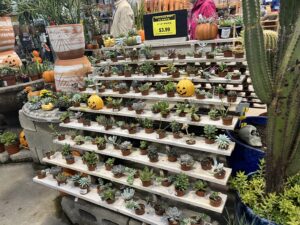
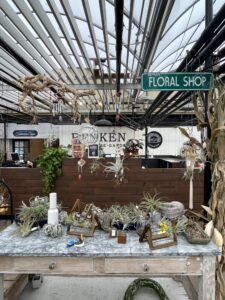
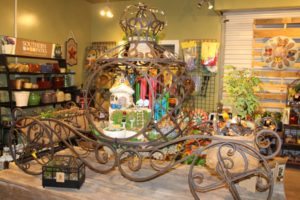

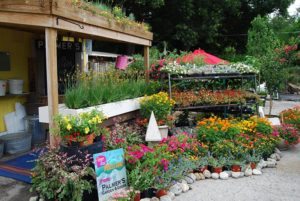


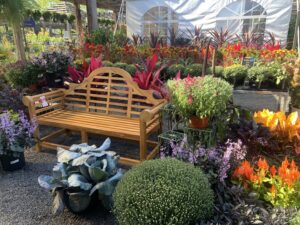
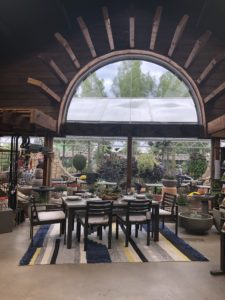

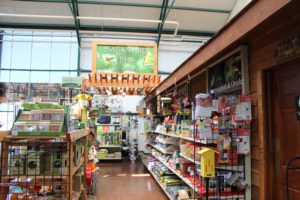
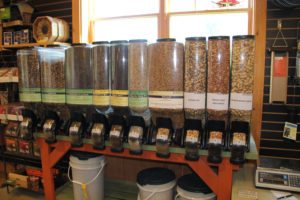
 Videos
Videos





